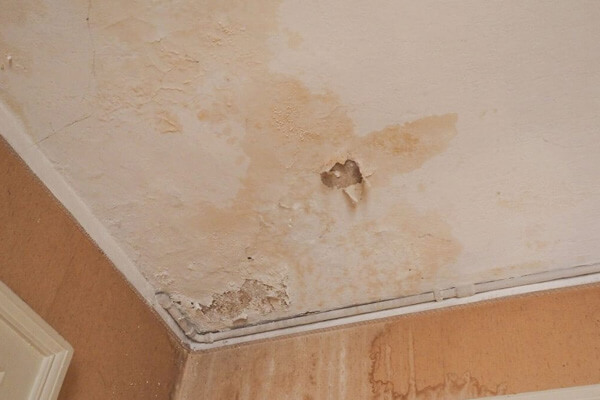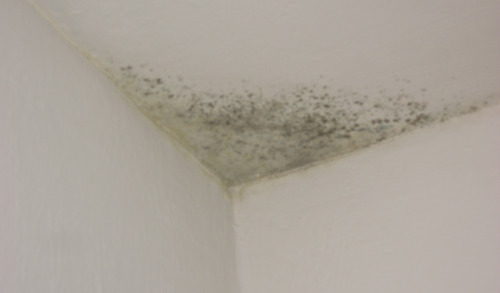Specialist Advice for Repairing Water Stains on Walls: Inspection
Specialist Advice for Repairing Water Stains on Walls: Inspection
Blog Article
Each person will have their private rationale involving Water Stains on Walls.

Water stains on wall surfaces are not positive to the eyes. Your house should lack spots on the walls, roofing, or floors. That is the excellent state of a house and its frameworks. Sometimes it appears practically unpreventable to experience water discolorations on wall surfaces in homes.
Home owners living in humid regions regularly deal with the anxiety of water stains on walls. With precise as well as well-shaped details on the causes of water stains as well as timely fixing processes, you will always be a step in advance of such events.
3 Usual Causes of Water Stains on Walls
As opposed to common belief, water spots on wall surfaces do not constantly originate from poor building materials. There are several reasons for water spots on walls. These consist of:
Poor Drain
When making a structure strategy, it is critical to make certain adequate drainage. This will prevent water from seeping into the wall surfaces. Where the water drainage system is obstructed or missing, below ground wetness develops. This web links to extreme dampness that you observe on the walls of your building.
So, the leading root cause of wet walls, in this case, can be a poor drainage system. It can also be because of poor management of sewage pipelines that go through the structure.
Moist
When hot wet air meets completely dry cool air, it creates water droplets to form on the walls of structures. When there is heavy steam from cooking or showers, this takes place in bathrooms and also kitchen areas. The water droplets can tarnish the bordering walls in these parts of your house and infect other areas.
Damp or condensation influences the roofing system and wall surfaces of buildings. When the wall surface is wet, it develops a suitable setting for the growth of germs as well as fungis.
Pipeline Leaks
The majority of homes have a network of water pipelines within the walls. It constantly increases the practicality of such pipelines, as there is little oxygen within the walls.
A drawback to this is that water leak affects the wall surfaces of the structure and also causes extensive damages. A telltale sign of malfunctioning pipelines is the appearance of a water discolor on the wall surface.
Water Stains on Wall Surface: Repair Work Tips
When dealing with water discolorations, homeowners would typically want a fast solution. They would certainly quickly understand this is counterproductive as the water spots persist. Right here are a couple of practical pointers that will guide you in the repair work of water spots on walls:
Pro Tip
A houseplant in your house likewise enhances its humidity. If the residence is already humid, you might want to introduce houseplants with marginal transpiration. An example of suitable houseplants is succulents.
Verdict
No one desires to have water spots on walls in their residence, it can occur to the best of us. This post gives you utilize, as you now know exactly how to handle this problem if it does happen.
It is constantly best to recruit professional solutions to aid repair the problems in your house.
Occasionally it appears practically unavoidable to experience water stains on wall surfaces in houses.
Contrary to preferred belief, water stains on wall surfaces do not always stem from poor structure materials. There are numerous causes of water stains on wall surfaces. The water droplets can stain the bordering walls in these components of your home and also spread to other areas.
Below are a few handy ideas that will lead you in the repair work of water discolorations on walls:
CHECKING FOR WATER DAMAGE
Water damage can be costly, and it may begin before you even notice the first signs of trouble. Water damage can cause mold and mildew in your walls and floors, which can create an abundance of health concerns for your family. It can also lead to costly repairs of various appliances and general home fixtures. To avoid the pricey consequences of water damage, here are Warner Service s top 5 places you should check:
The walls The easiest place to spot the beginnings of water damage is on the walls and ceilings of your home. If water damage is present, there will most likely be water stains, especially around the windows and doorframes, and/or cracks in the drywall. If a stain looks unusual (discolored to brown, black or gray, raised texture), has a swollen appearance or is soft to the touch, contact a professional immediately. The pipes To avoid water damage, consistently check the pipes in your kitchen (especially the dishwasher and ice maker), bathrooms, laundry room (specifically washing machines) and basement for corrosion, leaks and water stains. Pay special attention to where the pipes connect in your home and the location of caulking around the bathroom fixtures, including toilets, sinks, showers and tubs. Missing or loose caulking and grout could be signs of leaking water. This seepage can also quickly cause mold and rust, so double check your water heater and tank for wet spots on the floor. The floor Water damage is very easy to spot on the floor. Look for any warping or buckling of the material, especially in the basement. If your home has wood flooring, look for bright white or dark stains. If your home has carpeting, keep it dry and clean. A damp carpet that smells of mold could cause water damage and health problems. To avoid this, consider installing floor pans under your appliances to help prevent damages from small, slow and undetected leaks. The basement and attic If your basement or attic smells odd check for mold and mildew around the area, especially the valley where the roof meets. While you are inspecting those areas, check for wall cracks, floor stains, rust and dampness in the insulation. If you live in a colder and/or rainier climate, perform routine checks for water damage from melting snow or ice and rain. The exterior Check the roof for damaged flashing and missing, cracked or curled shingles. There should also be no standing water anywhere outside your home. This could be caused by puddles, leaky rain gutters or hoses, poor drainage, or short gutter spouts. Invest in a sump pump system or water flow monitoring system, and perform routine maintenance on these outdoor appliances to avoid indoor water damage.

We had been made aware of that editorial on How to Find and Repair Water Leaking in the Wall through a friend on our other blog. Remember to take the opportunity to share this entry if you enjoyed it. I enjoy reading our article about Water Stains on Walls.
Book Today! Report this page